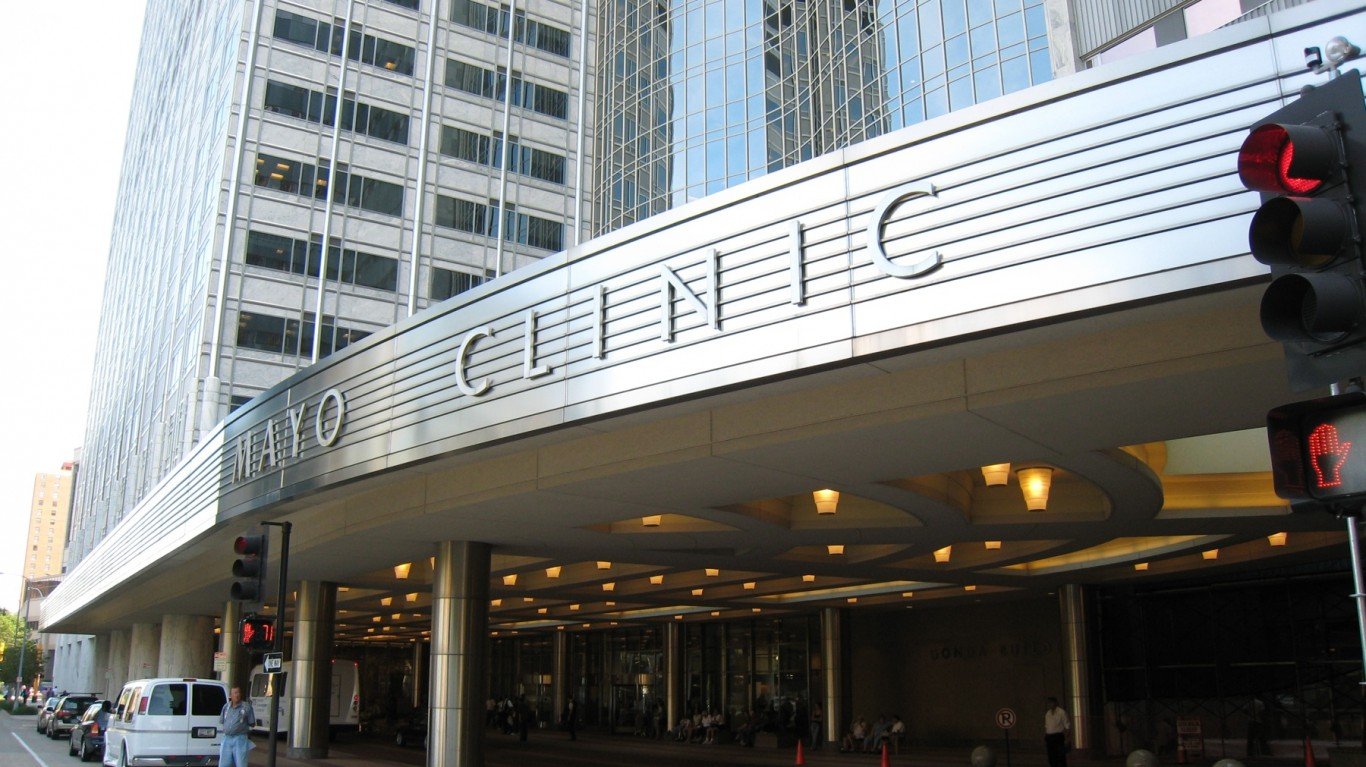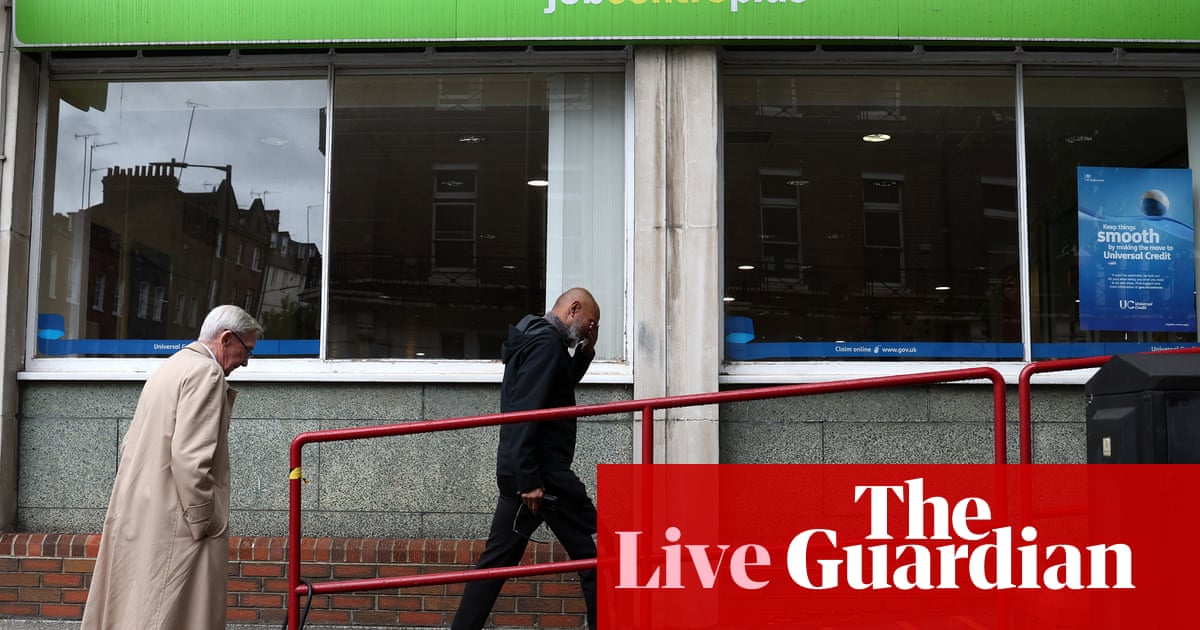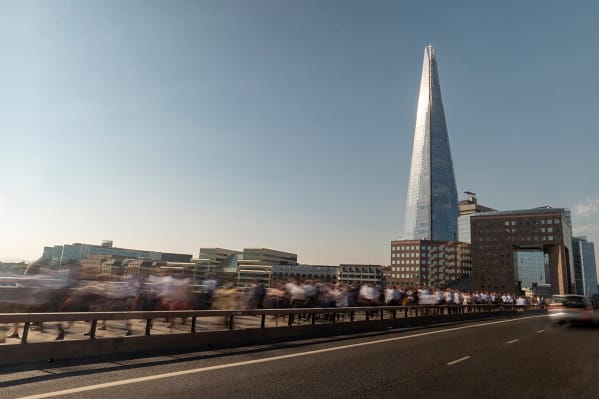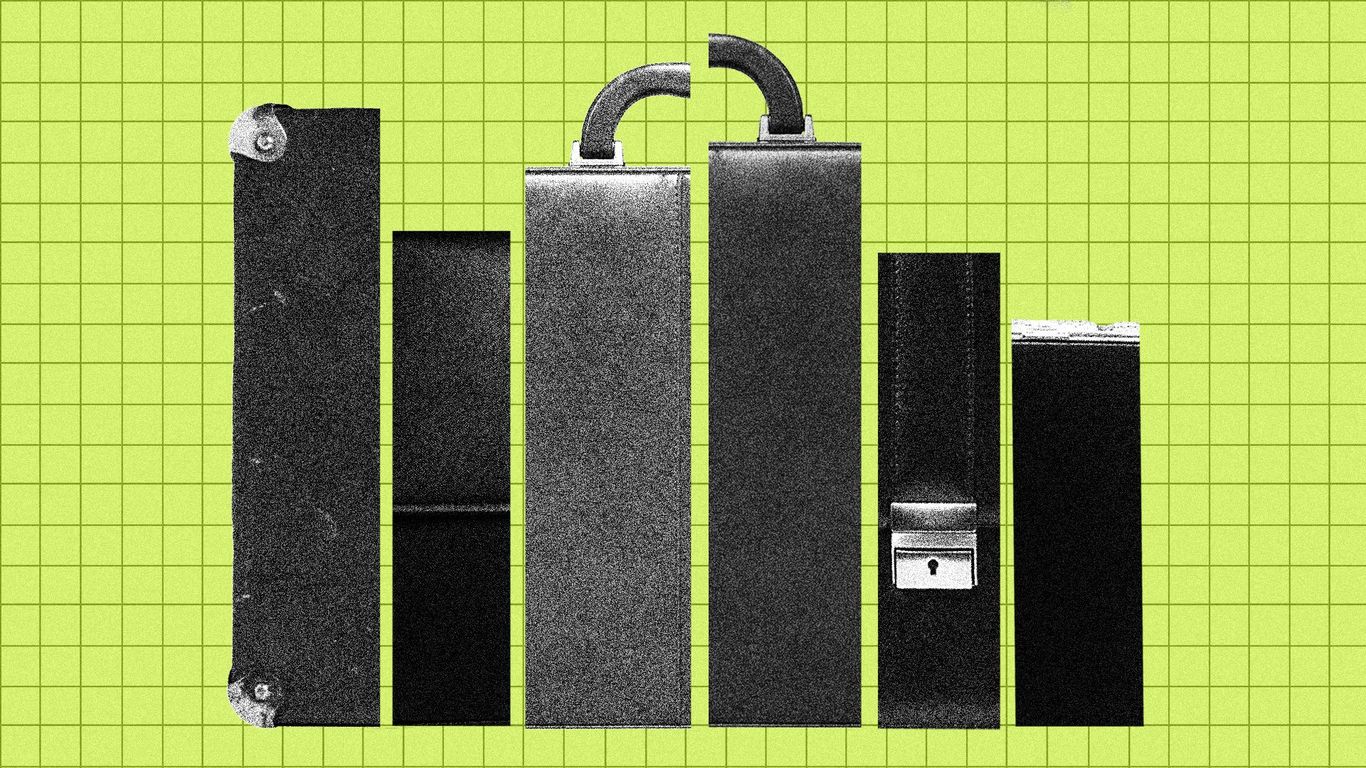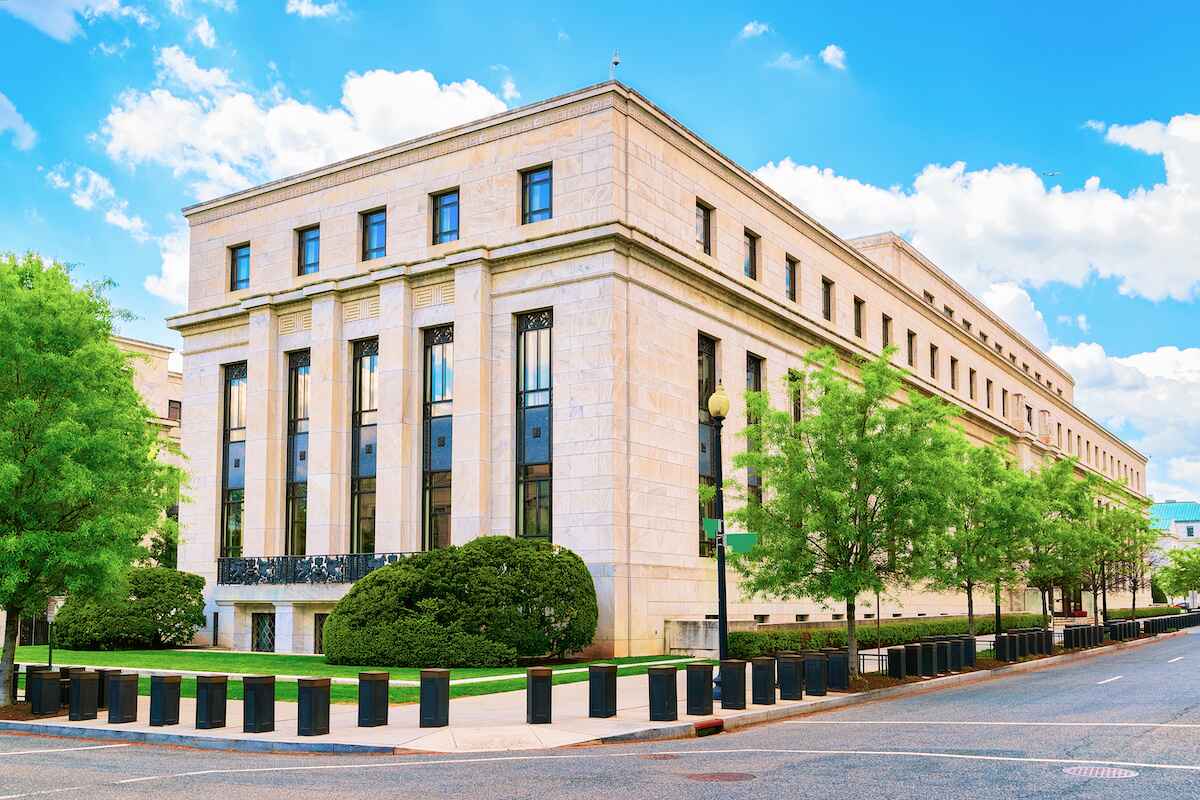#employment-trends
#employment-trends
[ follow ]
#job-market #remote-work #ai #tech-industry #layoffs #ai-impact #labor-market #artificial-intelligence #job-growth
fromFortune
1 month agoAI is doing job interviews now-but candidates say they'd rather risk staying unemployed than talk to another robot
"Looking for a job right now is so demoralizing and soul-sucking, that to submit yourself to that added indignity is just a step too far," Debra Borchardt shared her feelings on the process.
US politics
London
fromLondon Business News | Londonlovesbusiness.com
2 months agoLondon businesses bet on profit growth despite persistent headwinds - London Business News | Londonlovesbusiness.com
London businesses increasingly optimistic about profitability due to rising domestic sales and improved cash flow, despite challenges in exports and operational costs.
fromLondon Business News | Londonlovesbusiness.com
2 months agoTariffs set to challenge US labour market resilience - London Business News | Londonlovesbusiness.com
US nonfarm payrolls increased by 147,000 in June, matching the average monthly gain of the past year. Most gains occurred in health care and state government sectors, while federal employment continued a decline due to actions by the Department of Government Efficiency (DOGE). The unemployment rate saw a slight decrease, falling 0.1 percentage points to 4.1%, remaining steady between 4.0% and 4.2% for over a year.
US politics
fromwww.mediaite.com
2 months agoFox's Maria Bartiromo Hypes Good Job Numbers About to Come In And Skips Right By Them As News Turns Negative
The June job report revealed a decline in the private sector with a loss of 33,000 jobs, contrasting sharply with the anticipated growth of nearly 100,000 jobs.
US politics
Remote teams
fromAol
3 months ago5 key global hiring trends to watch
Remote work has become a sustainable practice for companies.
Europe is the leading region for global remote hiring as of 2024.
Tech talent shortages drive cross-border hiring among organizations.
Cross-border hiring for tech roles doubled from 2020 to 2023.
Hiring practices are evolving to address talent shortages in high-tech fields.
fromLondon Business News | Londonlovesbusiness.com
3 months agoRetail jobs 'continue to fall' at an alarming rate - London Business News | Londonlovesbusiness.com
Helen Dickinson, Chief Executive at the British Retail Consortium, said, "Retail jobs have continued to fall, with 364,000 fewer jobs than ten years ago... This wave of retail jobs losses appears to go unnoticed by government."
UK politics
UK news
fromLondon Business News | Londonlovesbusiness.com
3 months agoThe services sector has suffered a 'tough first half of the year' amid Chancellor's tax hikes - London Business News | Londonlovesbusiness.com
The services sector is facing a sharp decline in business confidence and profitability due to rising costs and weakening demand.
[ Load more ]







